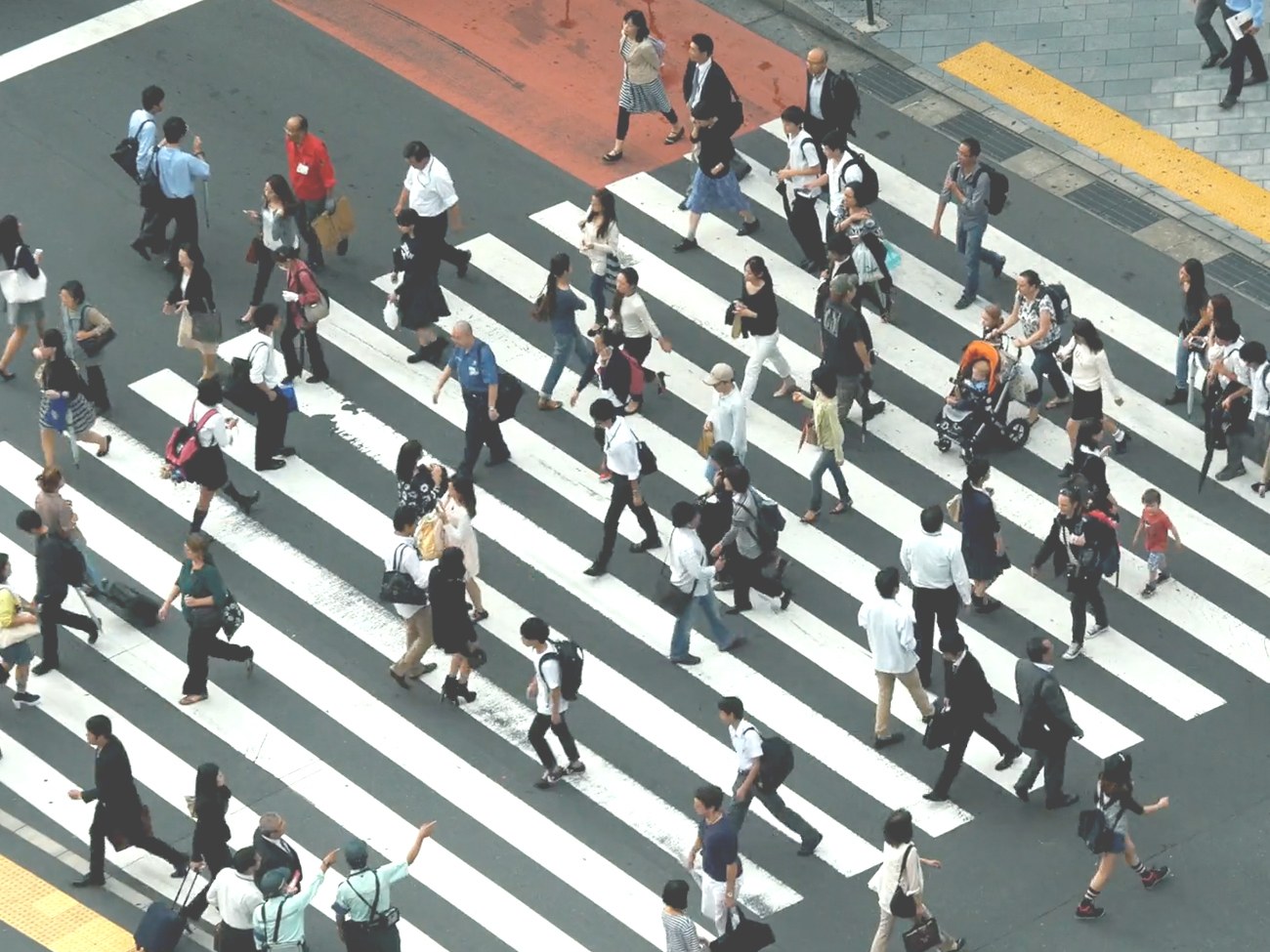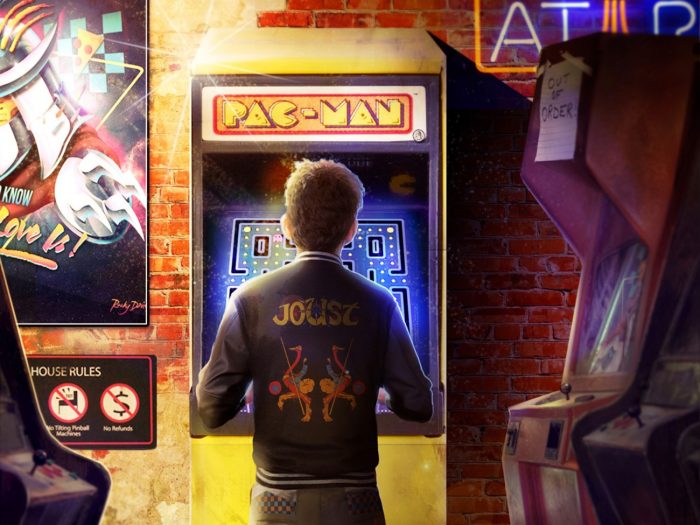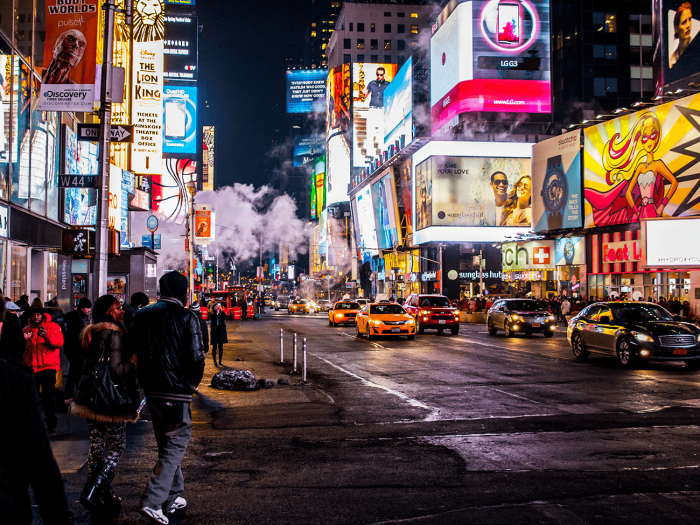As our days become increasingly shaped by new products and services designed to make our lives easier, the role of design in the user experience has never been as prevalent—or as important— as it is today. It should come as little surprise, then, that design is being treated as one of the most valuable aspects of modern business; an indispensable tool that can be used to create new markets or disrupt existing ones.
Such is the premise behind the new documentary film Design Disruptors.
With interviews from over 90 design leaders responsible for driving disruption through design at companies including Airbnb, Lyft, Facebook, Netflix, Medium and many others, the film offers a rare snapshot into the minds of those whose design decisions affect the daily lives of billions of people.

Among other insights explored include the importance of putting the needs of people first and foremost before any new technology or design decision—a practice in restraint that can test even the most well-seasoned designers. Combined with having a product that can easily adapt to new behaviors, the most disruptive companies today are using design to fuel and sell experiences just as much—if not more—than they are end products.

Uber, now the world’s largest taxi company, owns no vehicles. Facebook, the world’s most popular source for news and media, creates no content. Seamless, the world’s largest food delivery network, owns no restaurants. While Airbnb, the world’s largest accommodation provider, owns no properties. The architecture of these businesses is built around the design of the user experience and—more specifically—the interface in which consumers interact with these goods and services that have otherwise existed for decades or longer.
Simply put, those who fail to see how design is the new currency in modern business will fall behind as consumers continue to flock towards the products and services that offer them the best experiences.
While the film, produced by InVision, is still currently in its premiere season, it will be released for digital download through Google Play, iTunes, and Amazon later this year.
In the meantime, we caught up with Ryan Coulter, an industrial designer and creative director who has been at the forefront of disruptive design across multiple industries for the past few decades.
Having started out his career at Burton Snowboards back in the early days of the company, Coulter had a hand in bringing to market critical designs that helped propel the brand—and the sport—onto a global scale. More recently, Coulter has been working at Nike managing the company’s NikeID platform and leading projects for some of tomorrow’s most disruptive digital and physical product experiences in the company’s Nike NXT innovation lab.

SM: How would you define “disruption by design”?
RC: I always see this in a very simple way: it’s basically doing the old thing but in a new way. People don’t change. Maslow was right, and his pyramid still explains a lot about how people work, what they need and how they are motivated. Because our needs don’t change, it’s easy for us to get stuck in our ways, and it’s hard to us to even imagine other ways of doing things. We get hyper-efficient and myopic. We make that one way of doing things as good as it can be, without thinking about or seeing new ways to do that thing.
Here’s an example I think about a lot. When I used to write papers in middle school I used to go to the library and use a card catalog to find a large, printed encyclopedia to learn about a new subject. If a wizard appeared and told me that in a decade or two I’d be able to type whatever I was looking for into a computer and then basically have all of the world’s knowledge at my fingertips (wirelessly, for free) instantaneously I would have never believed you.
But it happened. And the use case didn’t change. I still need to know about new subjects all the time, but instead of going to the library I just say what I’m looking for into my phone and suddenly information appears. The quest in both cases was for information, so that hasn’t changed, but the delivery method has changed completely, into something that seems like science fiction.
That said the library and encyclopedia were the byproducts of years and years of design and research into the most efficient way to get information given the technological constraints of that time (printing being the most common way to share knowledge). So while it was getting to be better and better all the time, other people began to work on completely new ways to solve completely old problems. That’s disruption by design in my view.

What makes an individual or a company a disruptive designer?
Thick skin. The most important characteristic in either a company or a person is the belief that they can actually make a difference. That they aren’t crazy after all, because if you are truly working on something disruptive there’s going to be a long line of people telling that it’s a bad idea, that it’s not possible, that it’s not scalable, etc. You have to have an almost super-human belief that what you are trying to do is actually a good idea and that it’s possible. It’s actually one of the best tests of whether an idea is truly disruptive or not. The more push-back you get, the more disruptive the idea. This doesn’t include ideas which may, in fact, be bad. You may get the same response. The trick is being able to know the difference, and stay the course with the ones that are good and disruptive, and walk away from those that don’t pass the test.
You want the technology to disappear. You just want the person left.
What role would you say storytelling plays in a disruptive creative process?
Einstein was a great case study for this. A lot of Einstein’s ideas were not necessarily his or his alone, but he had the ability to tell stories (little thought experiments) that helped others understand the concepts behind his ideas. Einstein was a notoriously bad mathematician. He used another set of tools. He used storytelling, and this is one of the reasons that Einstein is one of the most influential and famous physicists in the world. He was able to translate the language of physics (math) into a set of stories that both the average layperson and the professional physicist could relate to.
We are the storytelling animal. There is no better way to help people understand the future than to tell them compelling stories about it. It’s amazing to think about how much science fiction has actually driven science. From our journeys to the moon to our forthcoming steps towards Mars, the stories of these journeys laid the foundation for the science that now makes them possible.
If you don’t need a story to help explain what’s changing or why then the idea is probably not big enough to be truly disruptive.

As we move towards more disruptive immersive and interactive experiences, how will a strong narrative keep technology grounded in the human experience?
The most exciting examples of new immersive technologies are those that simulate core human experiences, and thus human emotions. For example, one of the first VR experiences I tried out was a fully immersive roller coaster, and while this may seem so simple and base, it was an amazing experience, because it made me laugh and smile uncontrollably. I had physical sensations in my stomach like I was actually on a roller coaster. It was a very human thing. There is no point to having a roller coaster except to elicit the emotions of joy and fun. This example is basic, but as we continue to find more interesting ways to leverage the technology to invoke our purest emotions the more valuable it will become.
When technology disappears and all that’s left is a person and what they are experiencing and feeling that’s when technology is at its best. It’s like Dieter Rams’ thoughts about as little design as possible, but replace design with technology. You want the technology to disappear. You just want the person left.

If design is already disrupting business, then what will design disrupt next?
There is only one frontier left that really matters, and that’s the planet itself. If we don’t immediately disrupt the ways in which we interact with the planet, the species of us is in real peril. I hate to be a pessimist about this, but I’m being real. Realistic. This is what’s happening. Design, combined with storytelling and with science, can potentially have a major impact on the world, and our place in it. Concepts like circular design, full end-to-end. Books like Cradle to Cradle really influenced the way I think about design and our global responsibility as designers. I think that there is so much interesting work for us to do in this space and that designers are in potentially the best position of all professions to help change people’s behaviors and attitudes around products and resources.
Read more about the creative process and the power of uncertainty.
Images © InVision





